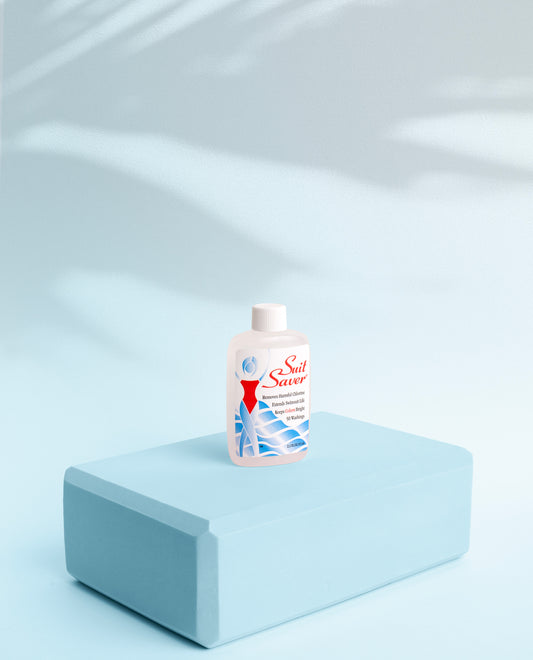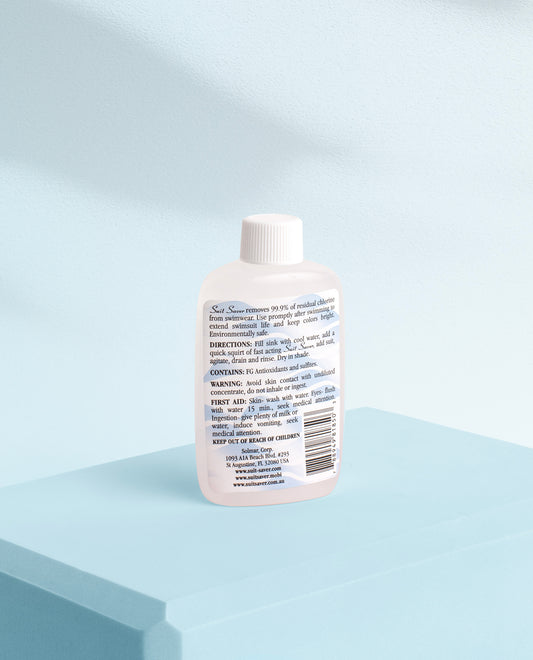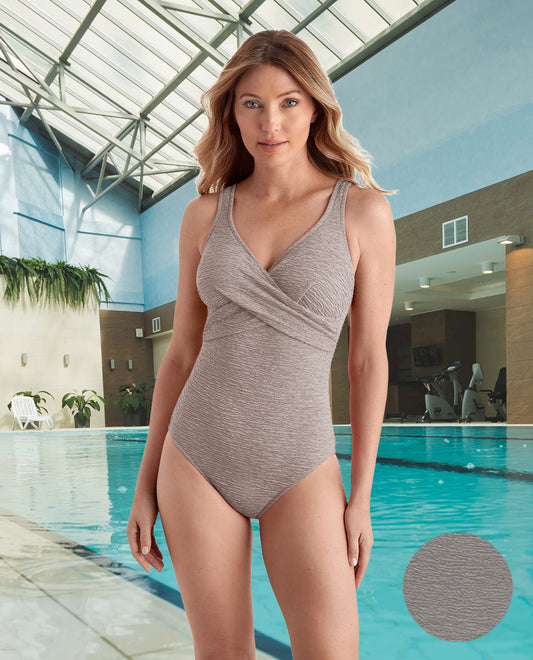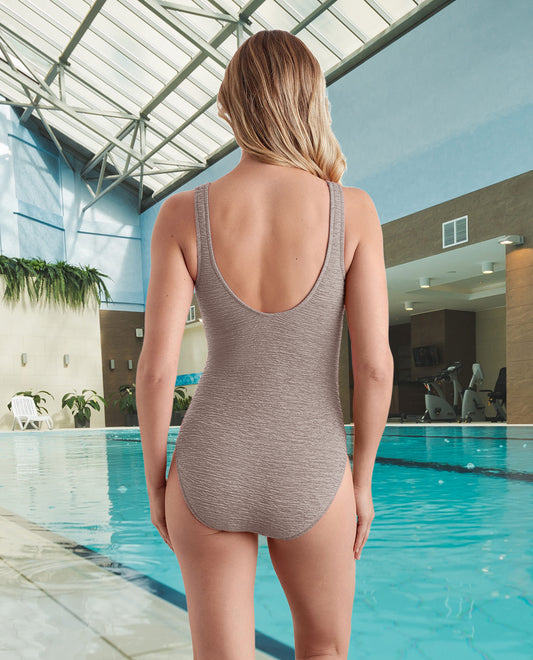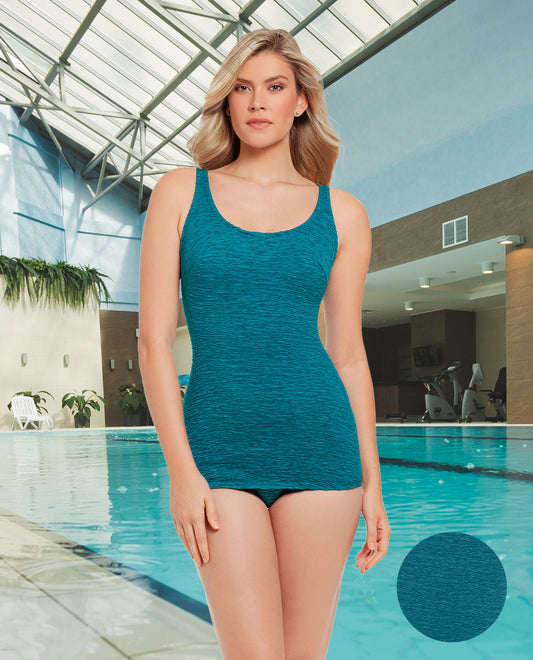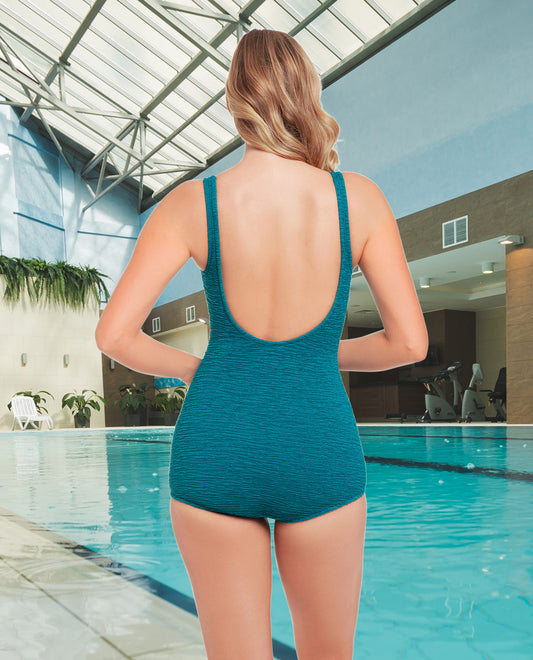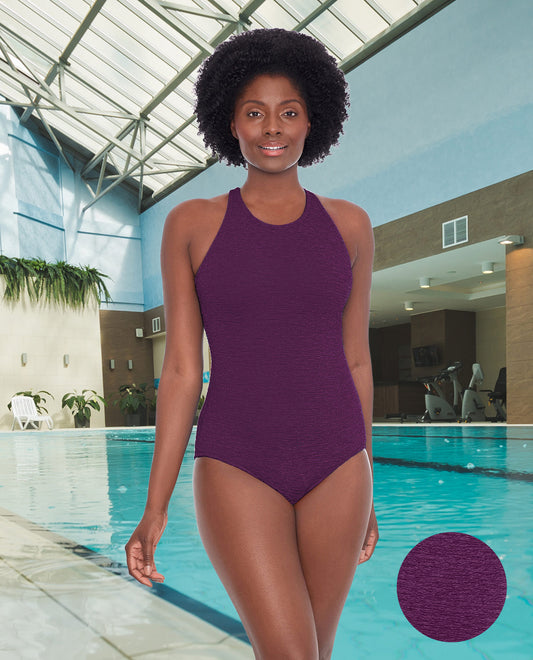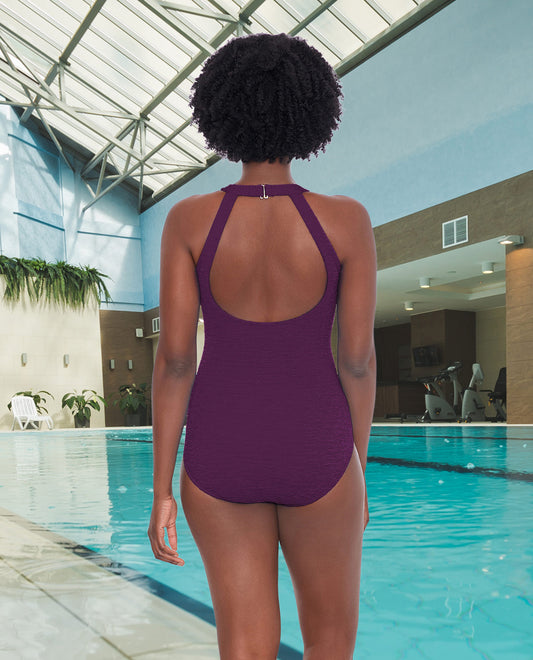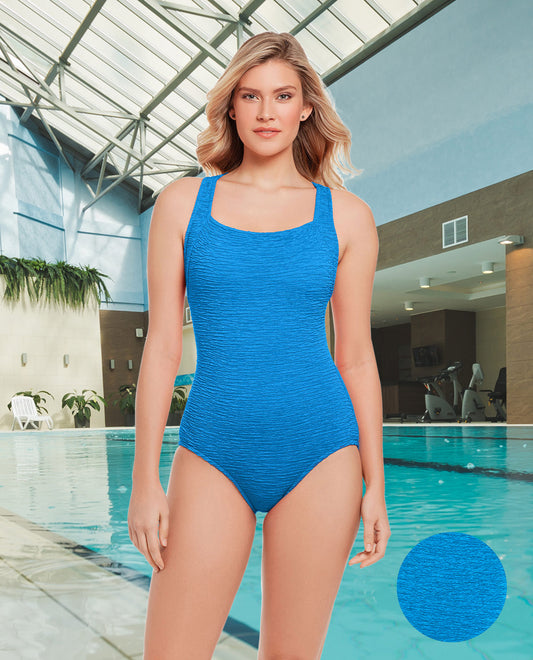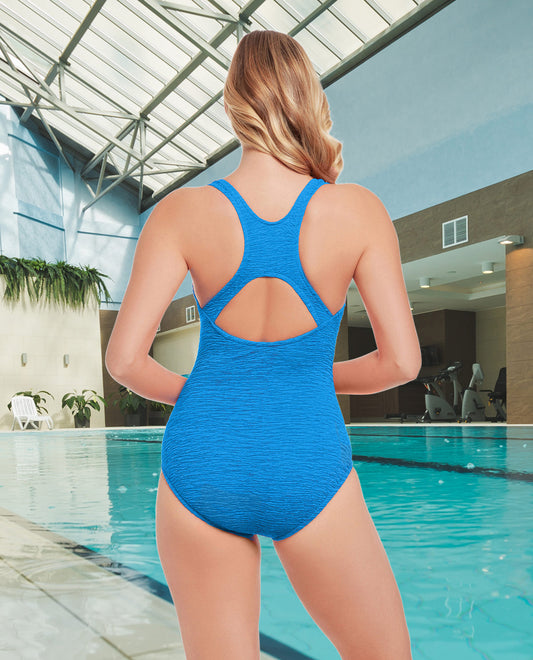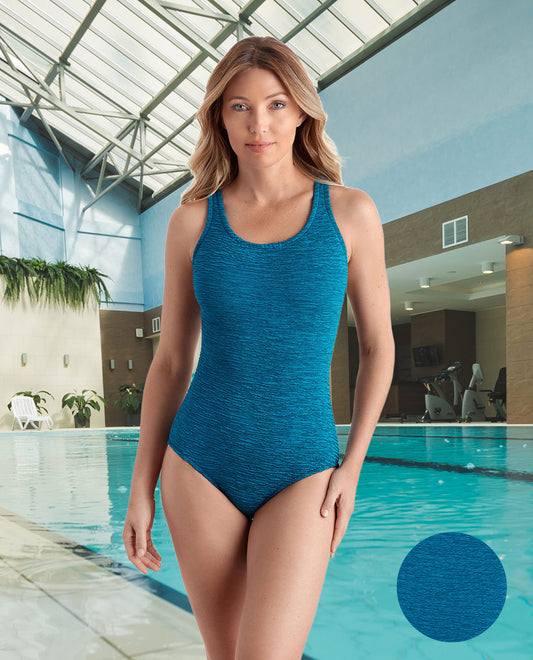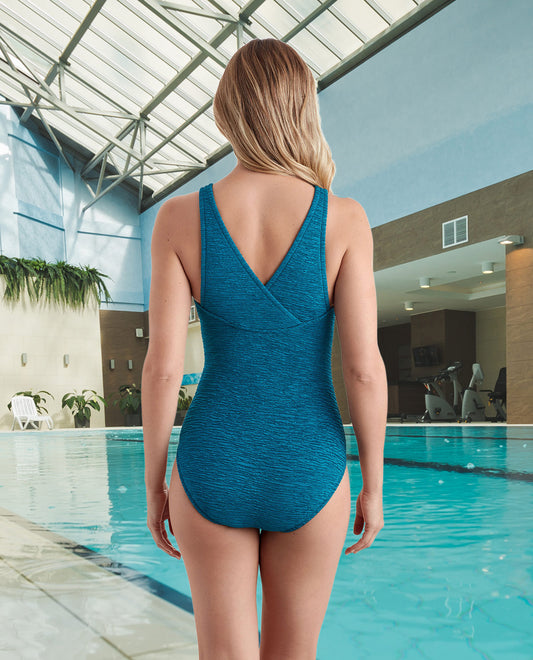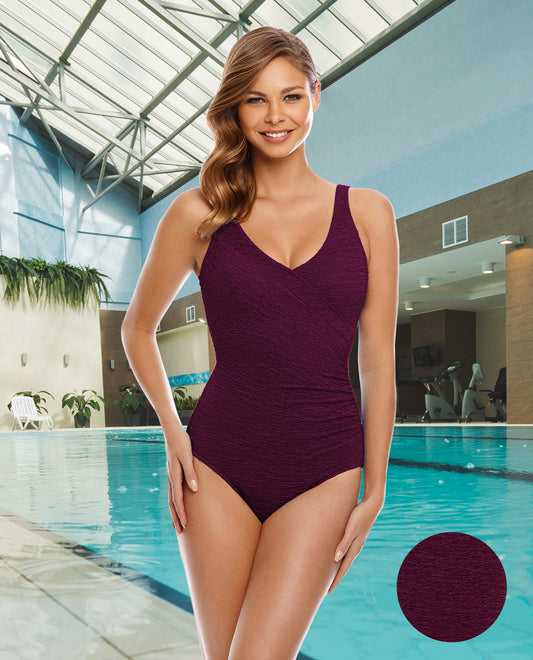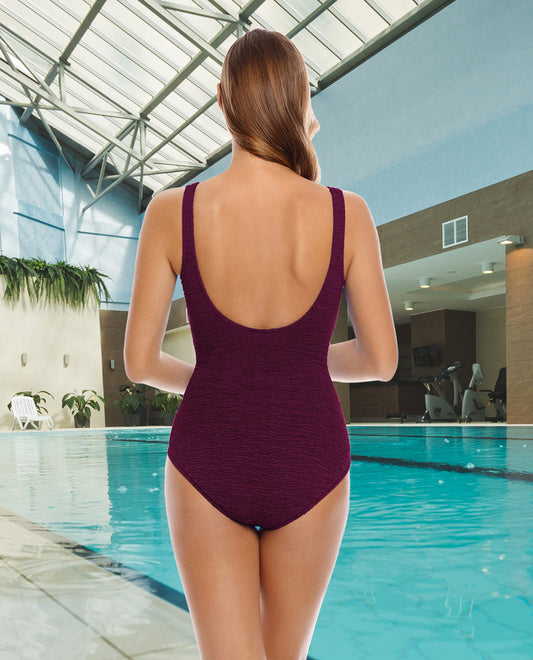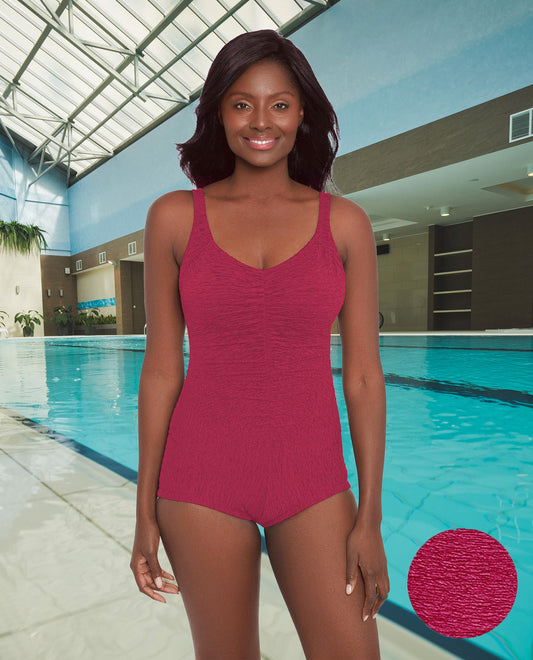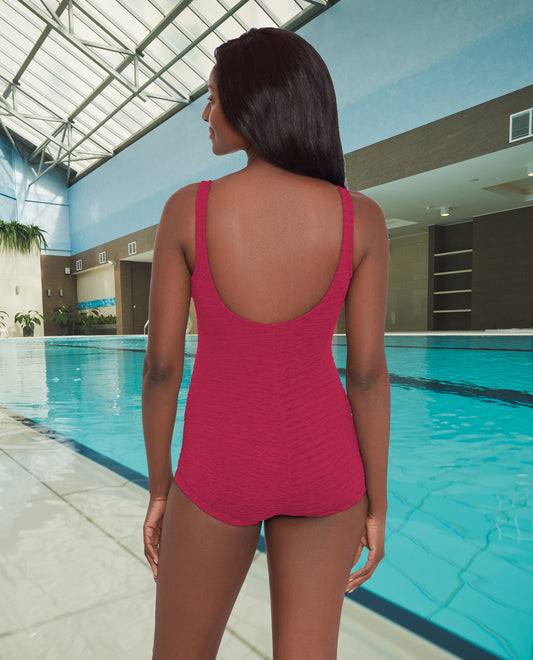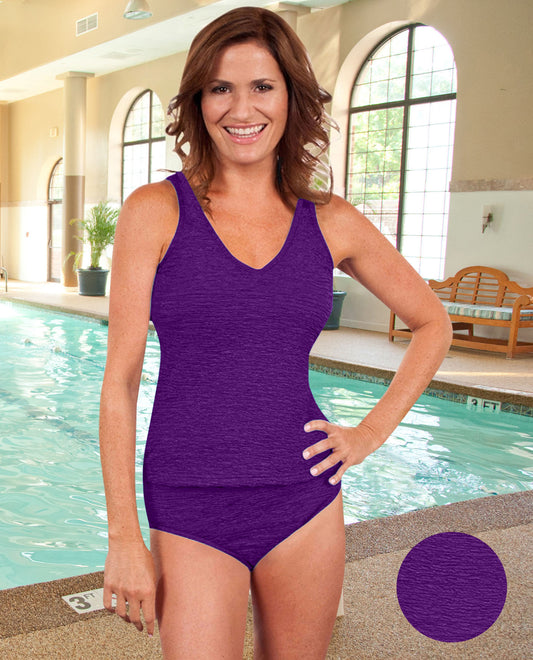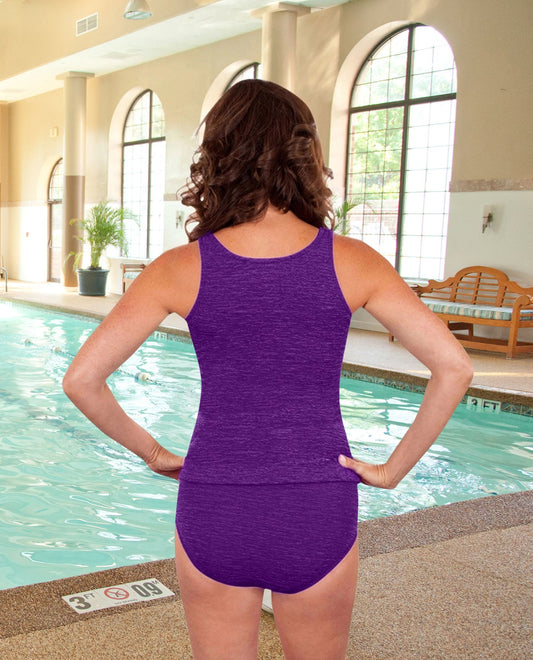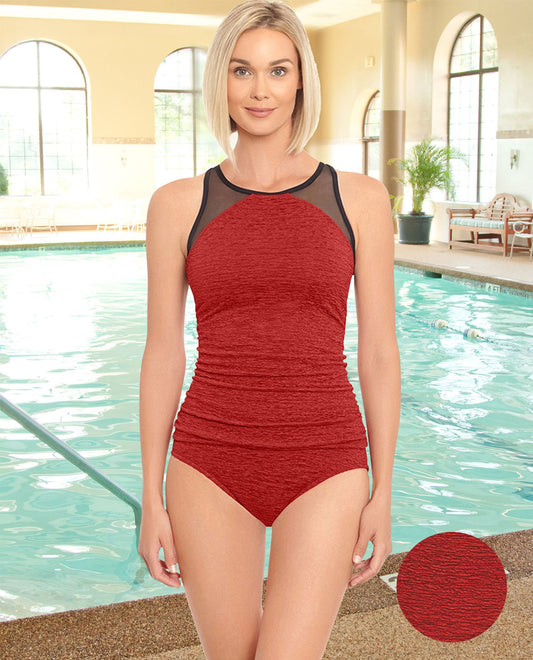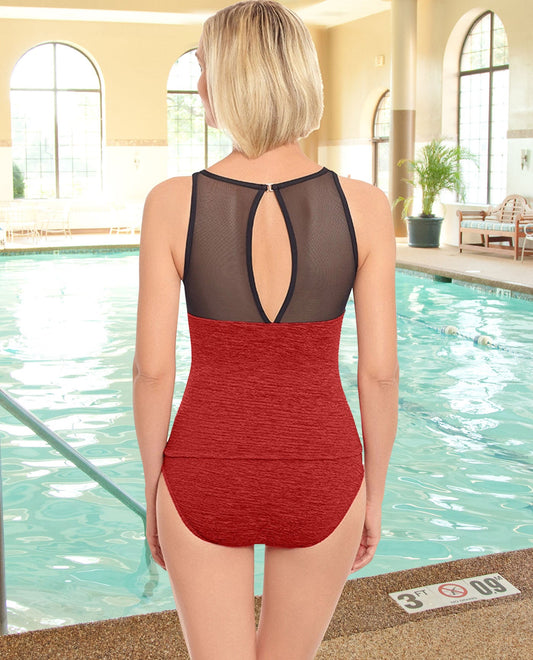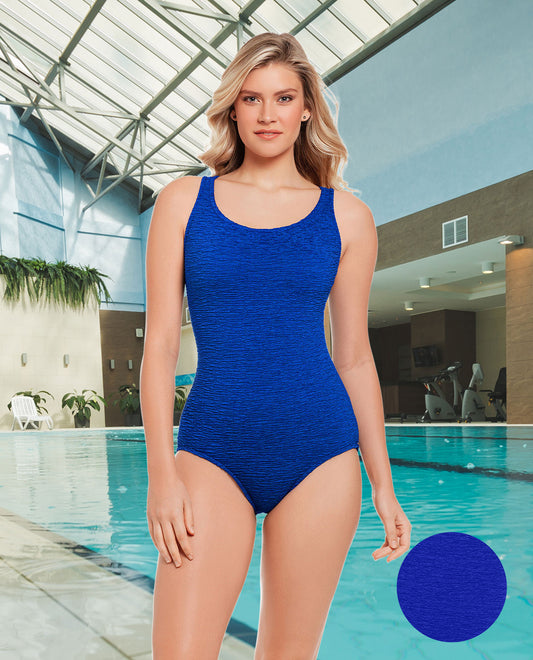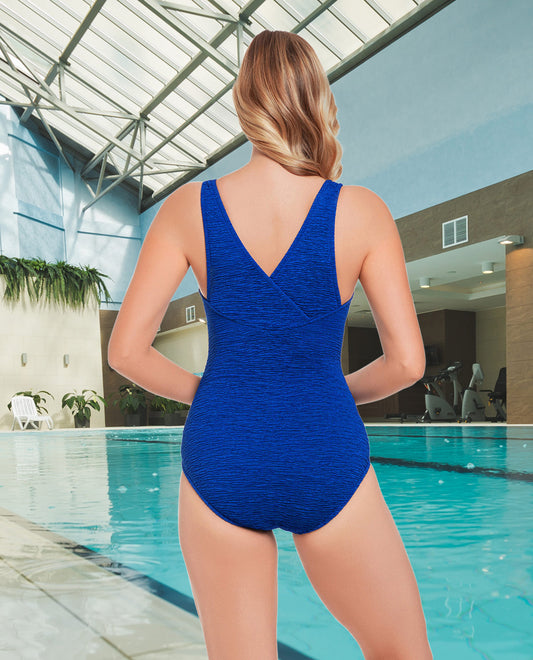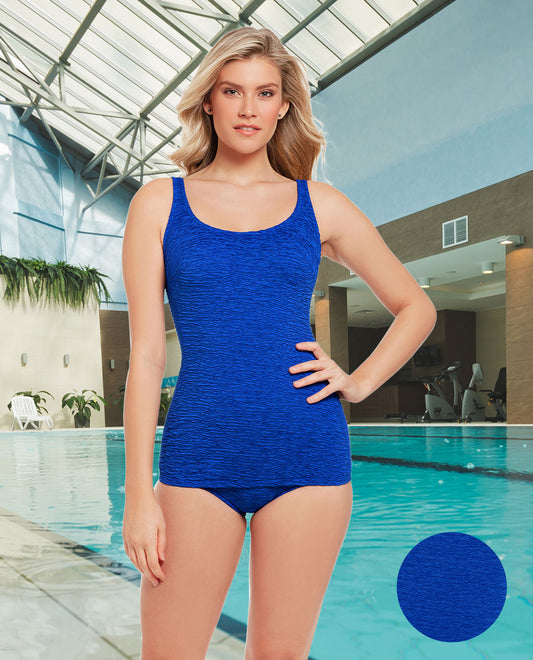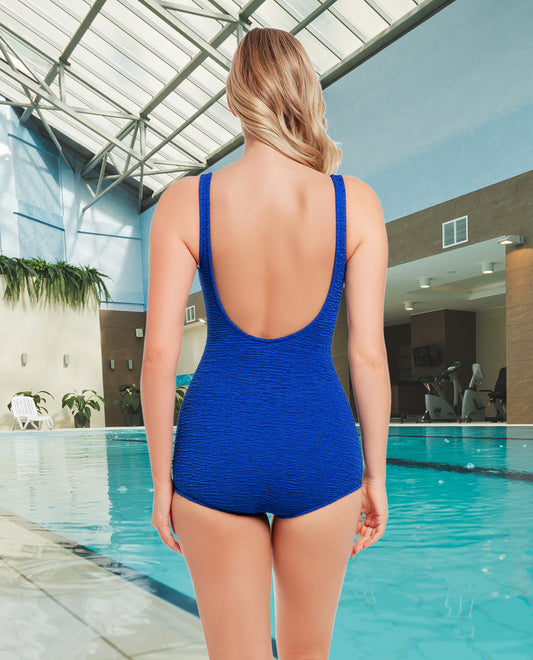Staying Safe in the Water: Tips for Year-Round Pool Safety
When it comes to water exercise, safety is the foundation for confidence and longevity in the pool. Inspired by a recent WCNC Charlotte article by Sarah Grosch, which featured insights from YMCA Aquatic Director Ame Guy, we’re highlighting practical drowning-prevention tips everyone who swims regularly should know.
For many, the pool isn’t just a summertime destination, it’s a year-round place to exercise, connect with friends, and invest in health. Whether you’re swimming laps, joining a water aerobics class, or simply enjoying low-impact movement, practicing water safety is just as important in January as it is in July.
Drowning prevention is often thought of as a children’s issue, but adults can also be at risk. According to CDC data, more than 4,000 unintentional drowning deaths occur annually in the U.S. And while children under 14 remain most vulnerable, adults who exercise regularly in the water also benefit from understanding and practicing basic safety measures.
The Confidence of Preparedness
Safety isn’t about fear. It’s about confidence. In the WCNC Charlotte article, Aquatic Director Ame Guy of the YMCA of Greater Charlotte highlighted how water safety is a skillset that benefits everyone, not just children.
“Life jackets are cool, we’re bringing them back,” Guy said.
For water exercise participants, this translates to making sure classmates and instructors know how to support one another. Even if you’re a strong swimmer, encouraging safe habits creates a welcoming environment for everyone.
Key Tips for Safer Workouts
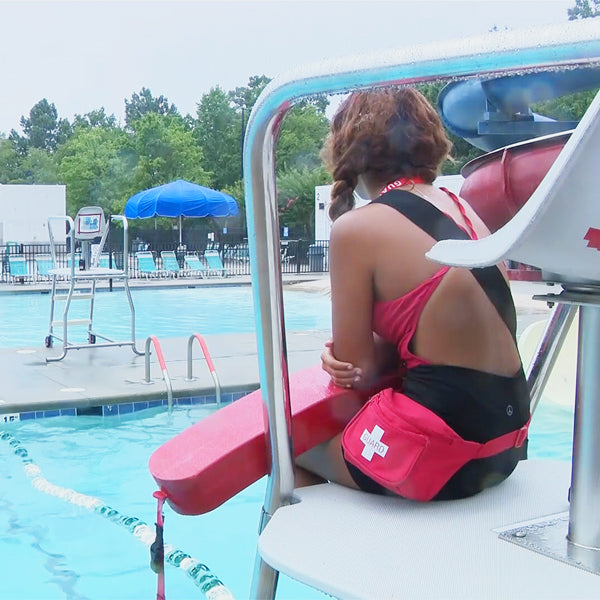

1. ALWAYS HAVE A WATCHER
In community pools, instructors often take this rolebut it helps when participants are also mindful. Notice who’s around you and speak up if something doesn’t look right.
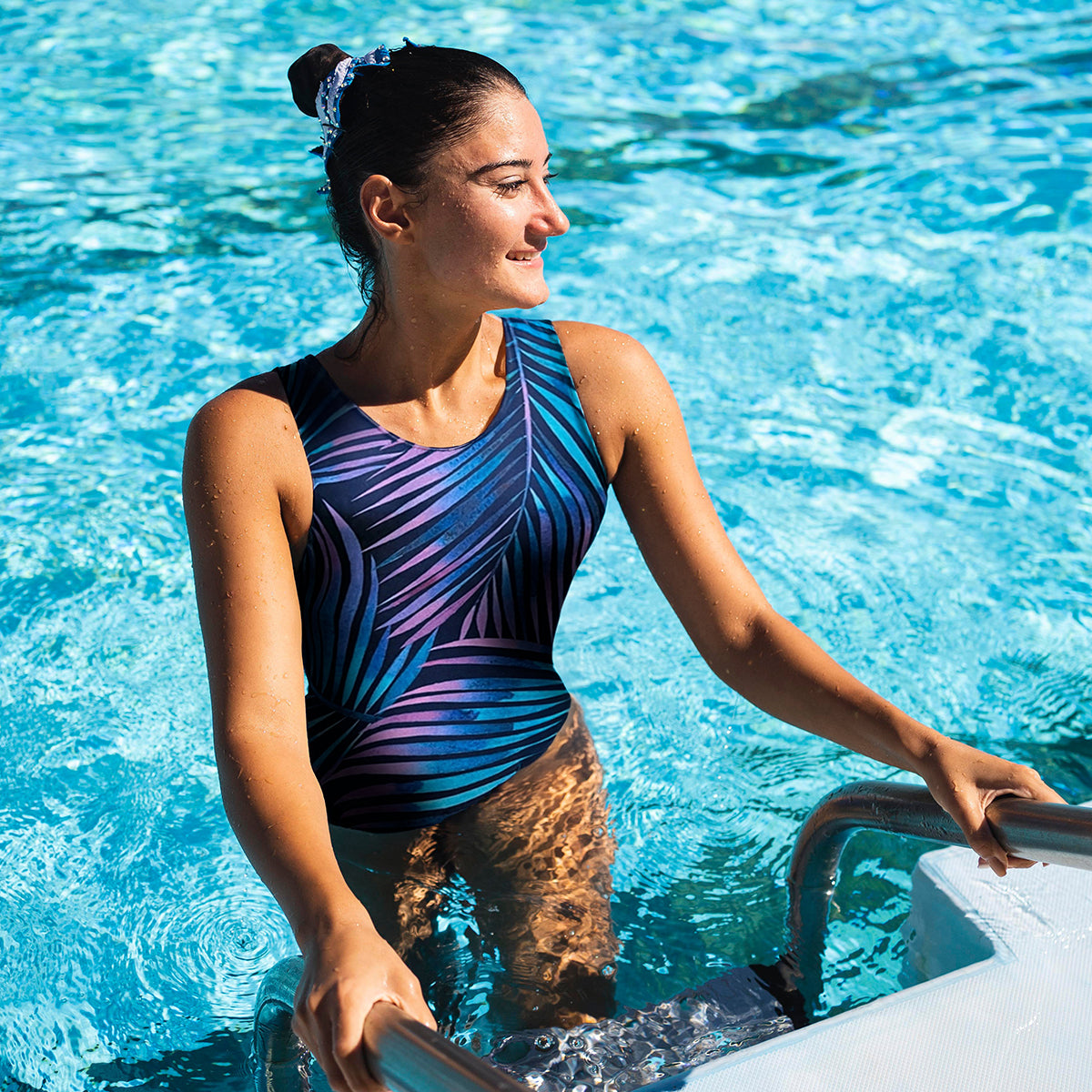

2. KNOW YOUR COMFORT ZONE
Even experienced swimmers can feel fatigued. Don’t push yourself past your limit. Take breaks, hydrate, and respect your body’s signals.


3. PRACTICE THE “REACH, THROW, ROW—NEVER GO” RULE
If someone appears in distress, extend or throw an object (like a pool noodle or kickboard) instead of entering the water yourself, unless you are trained in rescues.
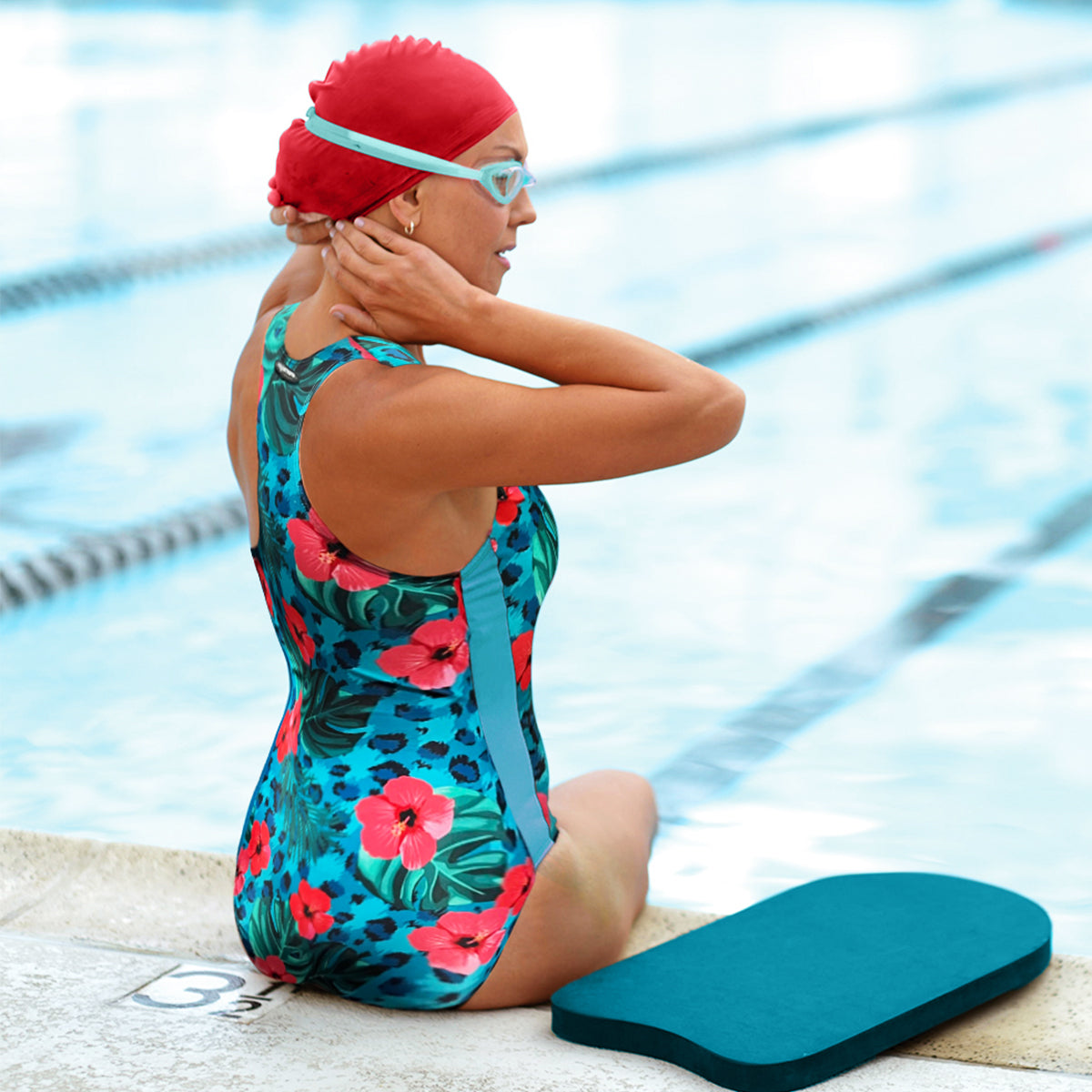

4. KEEP SAFETY GEAR NEARBY
Kickboards, noodles, or even ropes can double as lifesaving tools. Ensure your facility has them accessible.
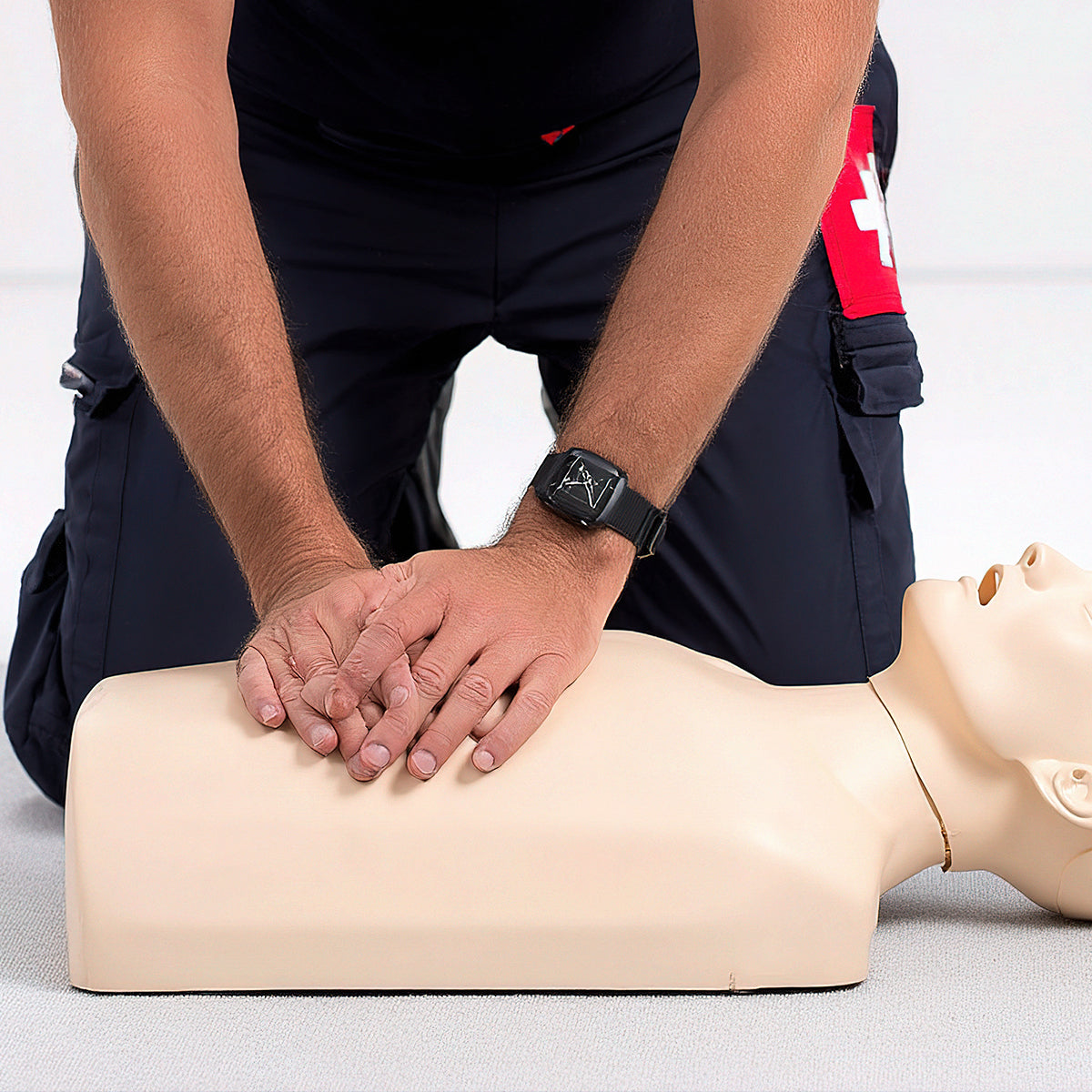

5. REFRESH CPR SKILLS
Many YMCAs and community centers offer CPR classes. Knowing what to do in an emergency can make all the difference.
Additionally, what you wear in the pool isn’t only about style, it’s also about safety and comfort. For those who work out regularly in the water, chlorine-resistant, well-fitted swimwear ensures you can move freely, stay supported, and avoid distractions. And just as Ame Guy reminds us that life jackets and safety devices are “cool,” proper swimwear should also be viewed as essential gear for water wellness, not an afterthought.
- Secure Fit = Fewer Hazards A suit that fits properly won’t shift or ride up during water exercise or lap swimming, letting you focus on form and technique instead of adjusting straps.
- Durability Matters Chlorine-resistant fabrics (like 100% polyester) hold their shape and support far longer than fashion swimwear, which means your suit won’t become loose or saggy—a potential safety risk if it hinders your movement.
- Support in the Right Places Features like built-in soft cup bras, tummy control panels, and adjustable straps give women the confidence to fully participate without worrying about coverage.
- Class-Appropriate Style Many women prefer modest necklines and racerback or high-back designs for added security during vigorous exercise. Choosing styles designed for active use helps you feel both confident and safe.
Building a Supportive Pool Community
Part of what makes water exercise so rewarding is the sense of community it creates. Looking out for one another, encouraging the use of safe practices, and speaking up when something doesn’t feel right all contribute to an environment where people of all ages feel comfortable joining in.
The pool is more than a workout—it’s a lifestyle. By practicing awareness, respecting your limits, and looking out for your community, you ensure that your time in the water is not only invigorating but also safe, every season of the year.
Credit: Original reporting by Sarah Grosch, WCNC Charlotte, including an interview with Ame Guy, Aquatic Director of the YMCA of Greater Charlotte.

